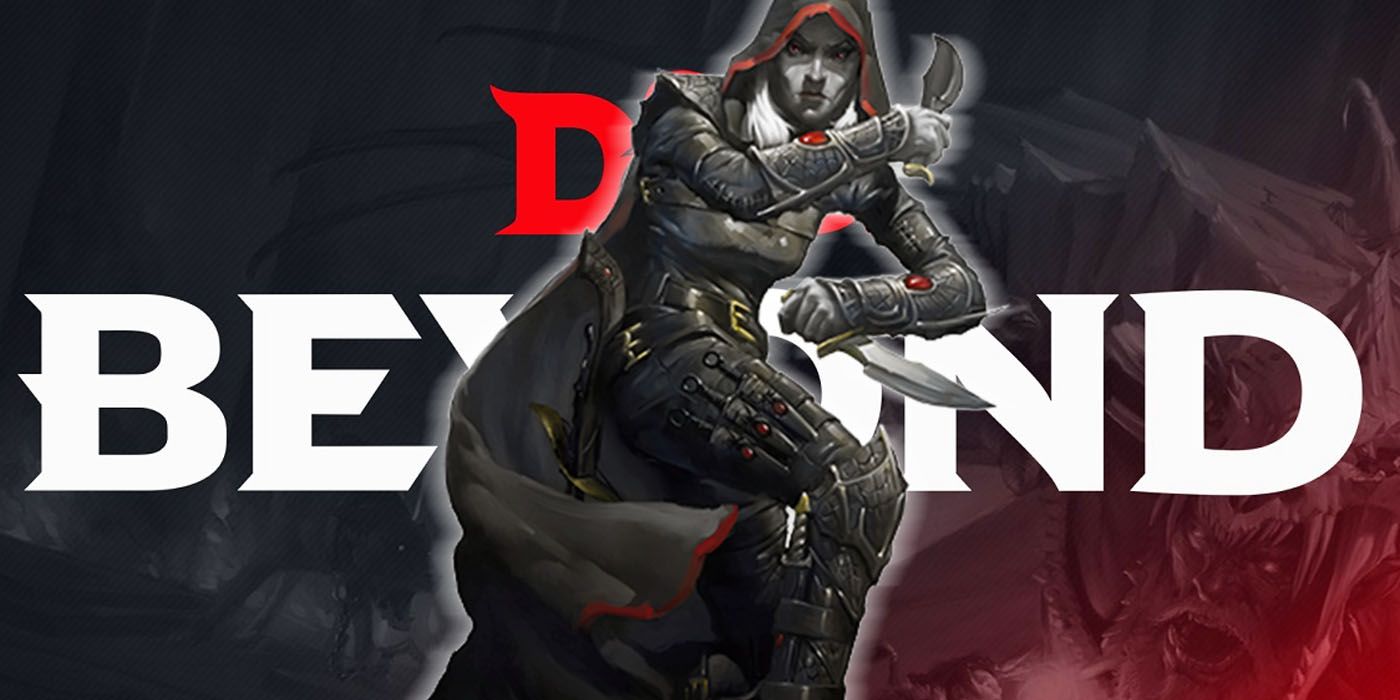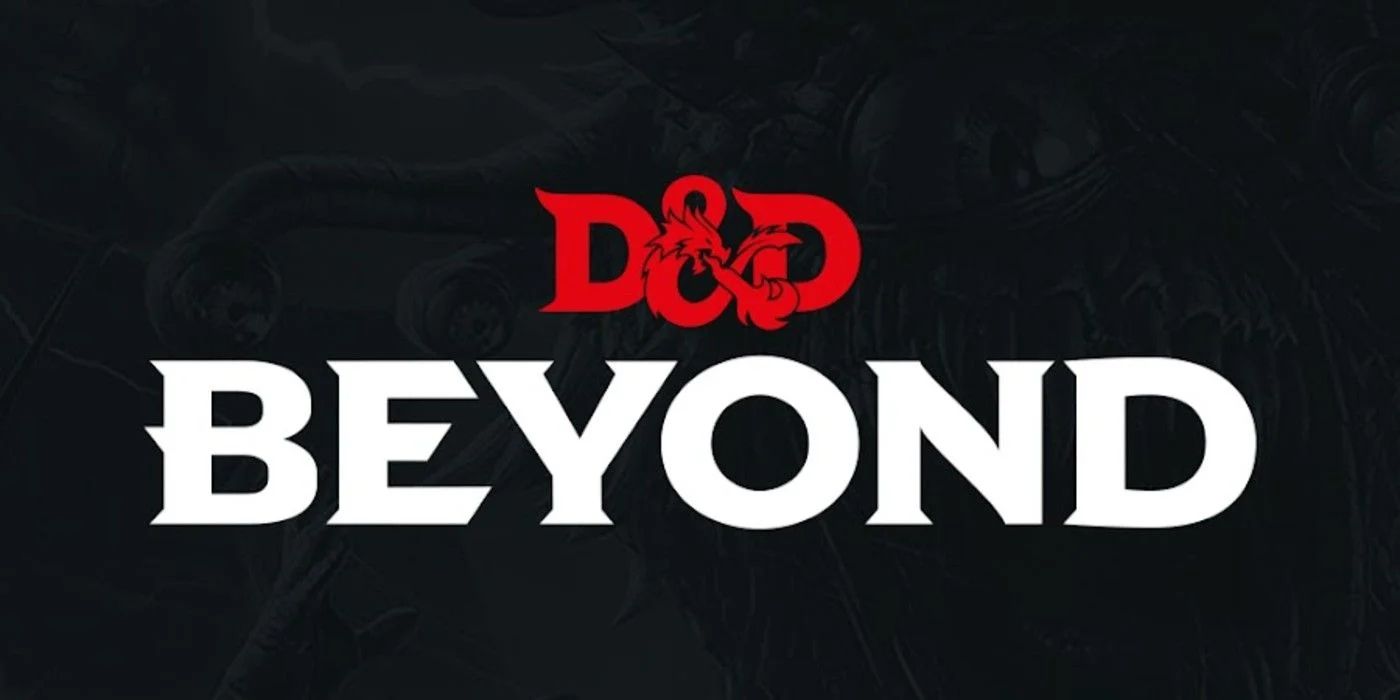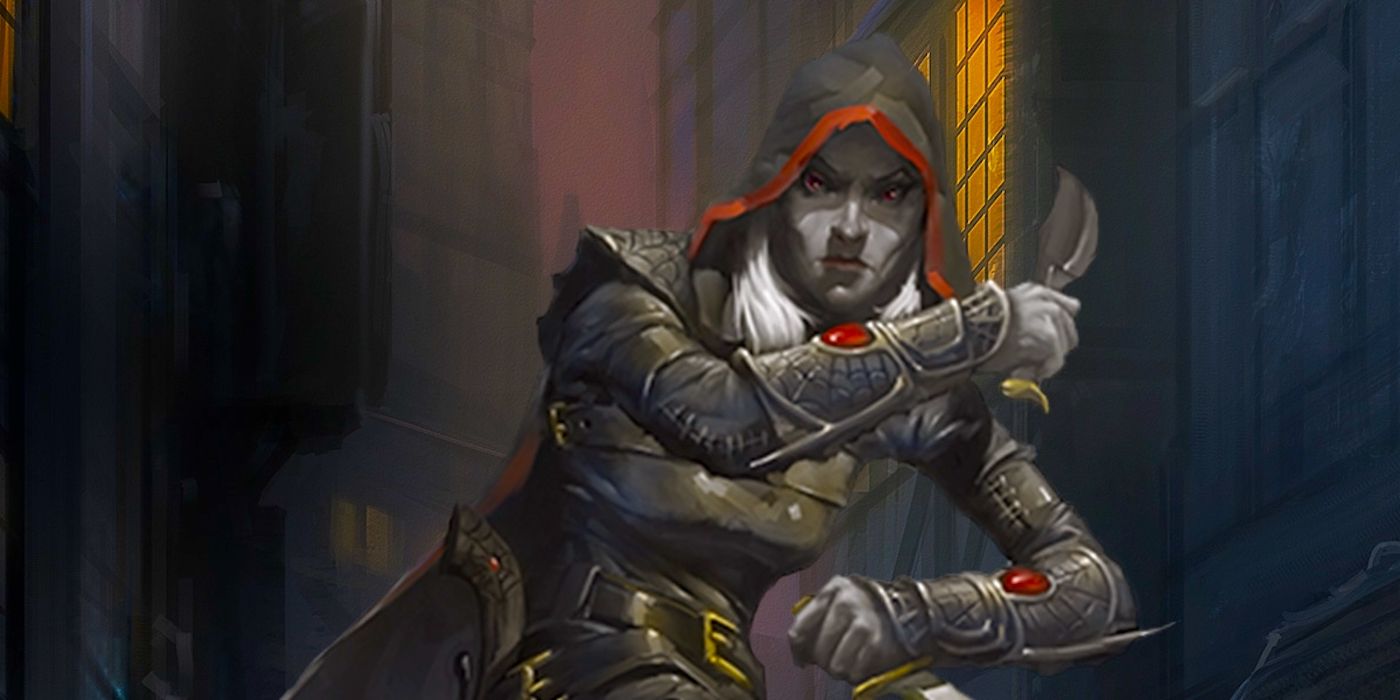Running a Dungeons & Dragons game takes a lot of preparation, which often involves the dozens of campaign books and modules Wizards of the Coast has published for Fifth Edition. Thumbing through actual pages in search of rules, mechanics, items or monster stats takes time, but D&D Beyond makes that search a lot easier for Dungeon Masters with access to the digital books. However, whether a DM is purchasing digital books, designing homebrew content or integrating things from the physical books, D&D Beyond is a great tool for DMs and players alike.
Setting up a campaign on D&D Beyond is simple, and it helps keep important information, like character sheets, items and homebrew content organized and easily accessible. With its various options, D&D Beyond has the potential to make gameplay much smoother for everyone at the table.
Getting Started With D&D Beyond
Before launching into any games, players and DMs will need to set up individual D&D Beyond accounts. In addition to the website, there's also an iOS and Android app for mobile users, providing another easy way to access your account and information. Those who would prefer to not have to create another password to remember can register by connecting their Apple or Google account.
D&D Beyond offers three membership tiers, each of which comes with different benefits. While players can manage multiple characters and campaigns on a single account even with the free tier, there are limits to how many they can save at once. Upgrading to either Hero or Master tier costs money, but it also offers special perks, like the ability to publicly share homebrew content, creating unlimited characters and encounters, early access to new tools and the option to share purchased content with those participating in your campaign.
Setting Up a Campaign on D&D Beyond
To create a new campaign, click on "Collections" in the upper left and select "My Campaigns." From this landing page, there is a blue button on the upper right that reads "Create a Campaign." Clicking this will launch the creation page, where the DM can fill in the campaign title and description. After saving it, the newly created campaign will be visible on the "My Campaigns" page. From there, the DM can start editing and tracking details. There are four links along the top right. The last two, Edit My Campaign and Create Encounter, can be used to add further details and encounters the players will face on their journey.
Also important is the campaign link, which DMs will need to copy and send to their players. This allows everyone to add existing characters to the campaign or create new ones, making the character sheets accessible to the DM. Other players will be able to view other character's pages, though things like backstory and characteristics will only be visible to the player and DM. D&D Beyond makes it easy to create characters and manage level-ups, removing much of the math and flipping through rules that comes with doing everything manually by hand.
DMs on Master tier who purchase digital copies of the source material can share their entire library with the players. This also means that, during creation players have access to a wider array of choices when it comes to races, classes, subclasses, spells and more. Without source material to expand the offerings, non-subscribers have access to a limited selection from the Basic Rules.
DMs can also use D&D Beyond's character creation tools to build NPCs the party might encounter during the game using the "Create Unassigned Character" tools at the bottom of the campaign page. There are also places to add private notes that only the DM can access, as well as public notes the players can view.
Using D&D Beyond's Tools to Prepare and Run Sessions
D&D Beyond makes it incredibly easy to access and use character sheets. With it, DMs have easy access to their player's information, and players can keep track of things like their health, spell slots, XP gain and inventory. There's also an Encounter Builder that allows DMs easily input their campaign info and design combat encounters to use during sessions. It's also a great tool for running these encounters, providing spaces to input the initiative order for players and enemies, as well as other important information.
All of these things make D&D Beyond incredibly useful for keeping things organized, particularly for the DM. Even after an epic adventure, they can go back and review where the party has been and everyone they encountered along the way. This is particularly helpful for groups that don't play on a regular basis, as it allows everyone to refresh their memories before diving into the next adventure. DMs and the players can even roll virtual dice in the sidebar of their character sheet, showing roll totals to everyone in real-time.
So much goes into preparing and running a D&D campaign, which makes it easy to lose track of details. Luckily, D&D Beyond's multitude of tools and options alleviates some of the more tedious elements of the tabletop game while also keeping everyone involved connected.




